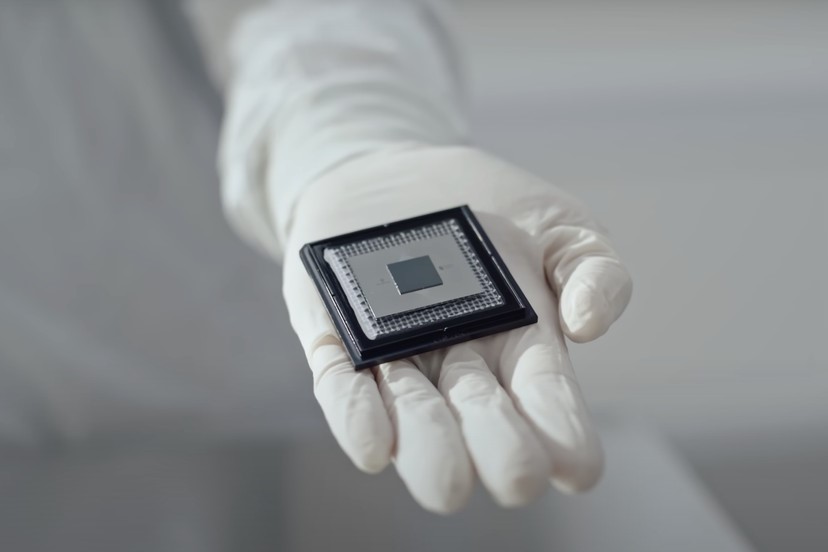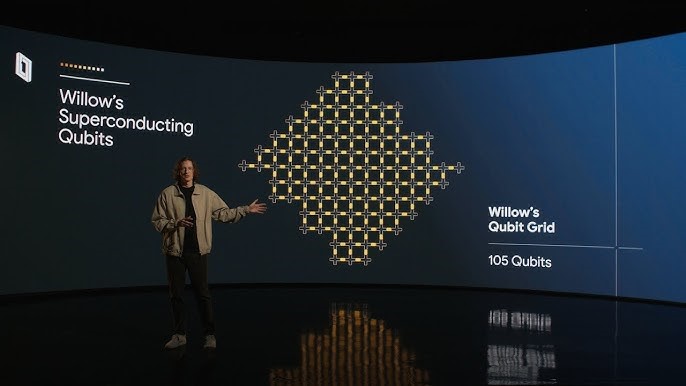Google has introduced a groundbreaking quantum computing chip named “Willow,” claiming it can solve problems in five minutes that would take the fastest supercomputers 10 septillion years to complete. This development marks a significant step in the quest to harness quantum mechanics for computational power far beyond traditional systems.
According to the sources of Leaders, Quantum computing operates on principles of particle physics, aiming to create machines capable of solving highly complex problems exponentially faster than classical computers. Google describes “Willow” as a breakthrough that lays the groundwork for scalable, practical quantum computing.
Experimental, Yet Promising
While the potential of “Willow” is impressive, experts caution that it remains experimental. A fully functional quantum computer capable of handling a wide range of real-world applications is still years—and billions of dollars—away.
Quantum computers leverage the strange behaviors of ultra-tiny particles to process information in a fundamentally different way. Their ability to accelerate complex processes has applications in fields such as drug discovery, nuclear fusion, and renewable energy storage. However, there are concerns about potential misuse, such as breaking encryption methods that protect sensitive data.
Error Correction: A Key Breakthrough
As per the reports of Leaders sources, “Willow” incorporates significant advancements in error correction, a long-standing challenge in quantum computing. As quantum processors add more qubits (the basic unit of quantum information), they often become prone to errors. However, Google’s researchers report that “Willow” exhibits a declining error rate as the number of qubits increases—a milestone that addresses a critical bottleneck in scaling quantum systems.
Google’s Hartmut Neven, a leader in the Quantum AI lab, likened this achievement to improving airplane safety by adding more engines. Despite the progress, much work remains to reduce error rates further to make quantum systems practically useful.
Applications and Challenges

The immediate applications for “Willow” include simulating systems where quantum effects are significant, such as nuclear fusion reactor design, pharmaceutical development, and optimizing battery technologies. However, commercial applications of quantum computing are not expected to materialize until the end of the decade.
Countries worldwide are heavily investing in quantum computing, with numerous startups and research institutions advancing the technology. In the UK, the National Quantum Computing Centre (NQCC) is leading efforts to develop practical quantum systems and explore applications such as logistics, telecom routing, and energy distribution.
Competing Approaches
Other research teams are also making strides in quantum computing. For instance, a collaboration between Oxford University and Osaka University recently showcased a qubit technology with very low error rates that can operate at room temperature, in contrast to Google’s chip, which requires ultra-low temperatures to function effectively.
A Milestone on a Long Road
While experts acknowledge “Willow” as a significant milestone, they emphasize the importance of tempering expectations. Achieving a universal, error-resistant quantum computer remains a long-term goal. Nevertheless, Google’s advancements underscore the rapid pace of progress in this transformative field, paving the way for practical applications in the future.








